In 1994, archaeologists discovered many coffins containing perfectly preserved corpses beneath a Dominican church in the town of Vác, Pest County, Hungary. Among them, two mummies attracted the attention of archaeologists. They belonged to a 38-year-old mother named Veronica Skripetz and her 1-year-old son, Johannes Orlovits.
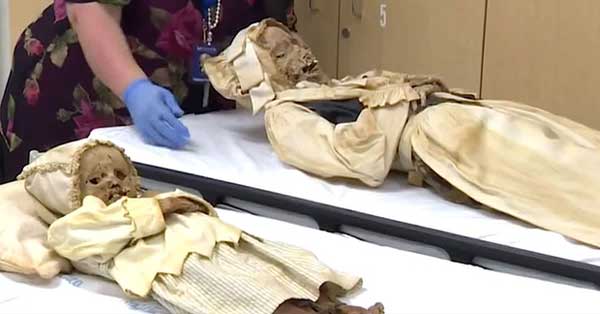
The mummies of a mother and child were found in a crypt under a church in the town of Vác, Pest county, Hungary.
While renovating the Dominican church, workers accidentally discovered a crypt containing more than 250 bodies underground, all dating back about 300 years.
Some time later, in April 2016, doctors at the Orange County Global Medical Center in Santa Ana, California (USA) conducted an autopsy on the mother and child’s mummy to find out. life at that time and the causes of their deaths.
The truth about painful deaths
“Now we can find answers about their lives and explain why so many children died in childhood. They did not have antibiotics and vaccines. The child mortality rate was very high,” said Ildiko Szikossy, an anthropologist from Hungary.
This means that tens of thousands of children have suffered and died from diseases for which there are no antibiotics or vaccines. Johannes Orlovits is one of them.
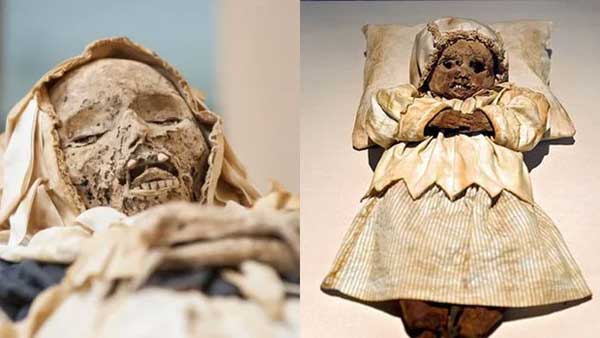 After moving the mother and child mummies over a distance of more than 9,000km, scientists used modern computed tomography (CT) techniques to analyze.
After moving the mother and child mummies over a distance of more than 9,000km, scientists used modern computed tomography (CT) techniques to analyze.
“The mother appeared to be almost intact from top to bottom, while the child had some small fragments of bone. We really didn’t know what we were going to find. It was like we were pulling back the curtain on a surprise. The mother appeared to have died of tuberculosis, but the CT scan will reveal more details,” said Dr. Jim Sutherland, a CT researcher.
Unexpected results
After 1 month of research, scientists concluded that Veronica Skripetz died of tuberculosis in 1808. Her son, Johannes Orlovits, died of dysentery when he was only 1 year old. Veronica Skripetz had 3 children. None of them lived past 2 years old.
The mummies of mother and daughter are on display at the Bowers Museum until September 5, 2016 as part of the “Mummies of the World” program. It is unclear where they are currently being moved.
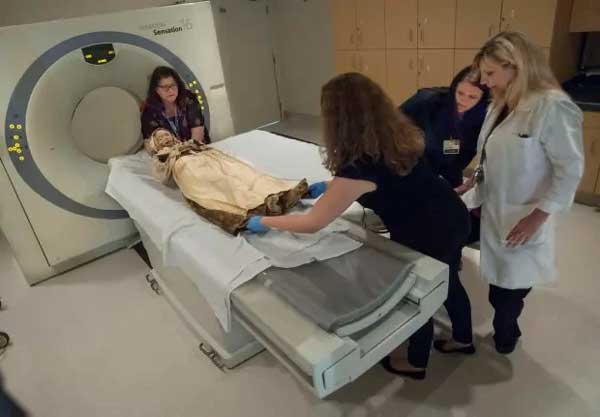 Previously, in 2010, a CT scan was performed on the mummy of a man named Michael Orlovits, Veronica Skripetz’s first husband, who died in 1806. His mummy is also part of an exhibition at the Bowers Museum.
Previously, in 2010, a CT scan was performed on the mummy of a man named Michael Orlovits, Veronica Skripetz’s first husband, who died in 1806. His mummy is also part of an exhibition at the Bowers Museum.
The three mummies are part of more than 250 mummies found in a secret crypt in the Dominican Church in the town of Vác, Hungary. The people found were buried around the 1700s and 1800s.
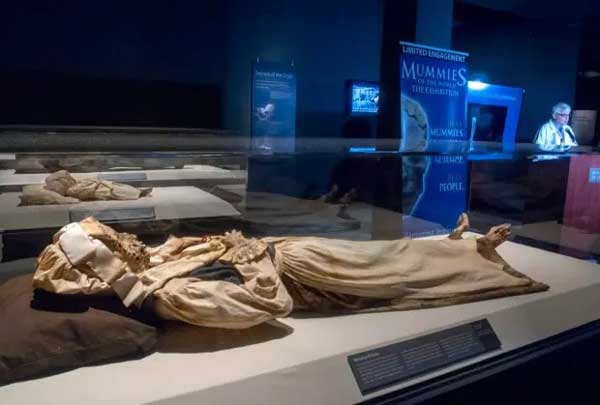 For a long time, the tomb was hidden and forgotten. But in 1994, repair work at the church led to the discovery of bodies inside. The mummies were well preserved thanks to the constant flow of cool, dry air.
For a long time, the tomb was hidden and forgotten. But in 1994, repair work at the church led to the discovery of bodies inside. The mummies were well preserved thanks to the constant flow of cool, dry air.
“When they opened the coffin, everyone was surprised because the hair, skin and clothes of the corpses had not yet decomposed,” said Dr. Linda Sutherland, who directly conducted the research. If you open a coffin, you’ll just see the skeleton, the soft tissues are completely decomposed.”
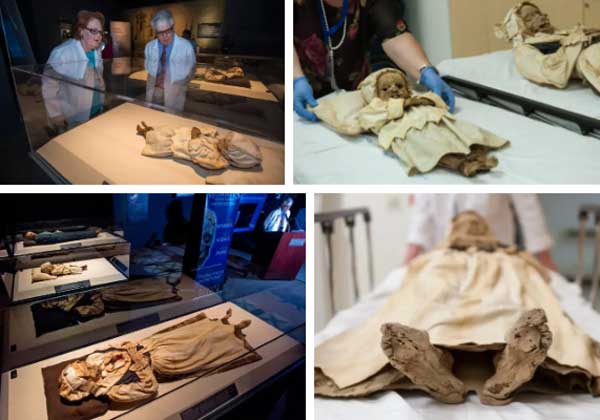 Church records and coffin inscriptions have made it easy for researchers to determine the names, dates of birth and death, marriage and baptism. Even the occupations of the mummies.
Church records and coffin inscriptions have made it easy for researchers to determine the names, dates of birth and death, marriage and baptism. Even the occupations of the mummies.
After the mummy was discovered, researchers in Hungary analyzed Veronica Skripetz’s lung tissue and concluded she had tuberculosis.
The CT scan confirmed it, as there was scarring in Veronica’s lungs. It also shows that Veronica is very skinny. She may have been ill for some time before her death. She died at the age of 38, just 2 years after Michael Orlovits died and 1 year after her second marriage.
Johannes Orlovits was born in 1800 and died a year later. CT scans showed that Johannes Orlovits was a well-nourished child, with chubby, stubby legs.
“The boy did not appear to have any chronic illnesses or broken bones, so it is likely that he died suddenly,” said Dr. Linda Sutherland. “His intestines were relatively clean, with no trace of the bacteria that help digest food. Dysentery could be the culprit. Without modern treatments such as intravenous rehydration, dysentery could have been fatal in those days.”





